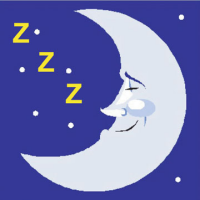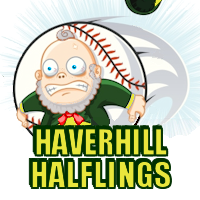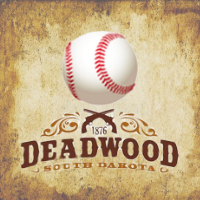Game Date: Apr 7th, 2064
Help
Forum >> Help >> Help with minors assignment 
 |
|  |
| 
| Post ID | Date & Time | Game Date | Function |
|---|---|---|---|
| #54325 | 10/14/2017 5:18:00 pm | Mar 4th, 2034 | |
|
Tiger504 Joined: 06/17/2014 Posts: 1314 Kalamazoo Bloody Tigers III.4 
| I suggest: This season in AA. Next season in AA. The next 2 seasons in AAA. Bring him up to the majors at age 26. |
||
| #54326 | 10/14/2017 5:24:25 pm | Mar 4th, 2034 | |
|
wil_m Joined: 01/08/2016 Posts: 248 Inactive 
| you could also play him very heavy in Spring training and see if that adds SI points and causes the promote message. I did this with one of my players in the past and it worked. EDIT: It may or may not work in this case, but it could be worth a try Updated Saturday, October 14 2017 @ 5:58:29 pm PDT |
||
| #54330 | 10/14/2017 6:46:52 pm | Mar 4th, 2034 | |
|
ephenssta Joined: 06/29/2016 Posts: 196 Inactive 
| I am planning on starting him the entirety of spring training to see how much he gains. | ||
| #54341 | 10/15/2017 6:22:31 am | Mar 4th, 2034 | |
|
Rock777 Joined: 09/21/2014 Posts: 9592 Haverhill Halflings III.1 
| Spring training will add SI through Experience, which is different than the Training they get in the minors. He should be close to getting the nod, but most players require around 2 years per level. He hasn't had two years in A yet. I wouldn't rush him. | ||
| #54343 | 10/15/2017 7:08:03 am | Mar 4th, 2034 | |
|
wickersty Joined: 05/11/2017 Posts: 1002 Deadwood Perambulators II.1 
| Hey rock, does that mean its better to use newly promoted major leaguers/young major leaguers/players about to be called up for spring training? And that we should be keeping our super young low level prospects (17-20 y/o) out of spring training? Thx |
||
| #54347 | 10/15/2017 11:03:50 am | Mar 4th, 2034 | |
|
newtman Joined: 11/02/2013 Posts: 3343 Inactive 
| @wickersty, that is what I do by and large. I make exceptions when a young guy is behind the curve in development, or I don't have someone in the high minors or a still developing Major League player who I care about getting experience at that position (see why I am playing Canada at SS this spring). Edit: I should say that I use pitchers differently. They get thrown in while still in Rookie ball, but they are given increasingly important and more innings as they near their peak (i.e. Rookie ball and A ball pitchers are mostly MR and LR and maybe LHS2 or RHS2, while young major league and AAA ball pitchers are starters and closer). Updated Sunday, October 15 2017 @ 11:08:05 am PDT |
||
| #54350 | 10/15/2017 12:00:07 pm | Mar 4th, 2034 | |
|
wickersty Joined: 05/11/2017 Posts: 1002 Deadwood Perambulators II.1 
| Thanks newt. I had been doing it the opposite way previously |
||
| #54354 | 10/15/2017 1:19:23 pm | Mar 4th, 2034 | |
|
mjreichard Joined: 10/22/2016 Posts: 143 New Orleans Knights IV.5 
| I believe there will be an update before the season starts for minor league assignment suggestions. He might still be suggested for AA, but maybe not. | ||
| #54357 | 10/15/2017 3:02:32 pm | Mar 5th, 2034 | |
|
Rock777 Joined: 09/21/2014 Posts: 9592 Haverhill Halflings III.1 
| I think its probably just best to get your most promising guys playing time, but I try to get all of my minor leaguers playing time in spring training. Training and Experience are separate buckets. You aren't wasting experience on a young guy unless he gets cut before he reaches the majors. | ||
| #54364 | 10/15/2017 4:36:58 pm | Mar 6th, 2034 | |
|
newtman Joined: 11/02/2013 Posts: 3343 Inactive 
| Agreed with what Rock said. I think what you were doing probably works too, I just think that giving the biggest playing time to the high minors and young majors players causes less frustration in spring training results along with a better indicator as to how they might perform (not perfect by any means, but better than when they are in the low minors). The overriding factor is fully developing the best prospects though. I will say that I think only so much experience can be gotten from spring training because I have never seen a player pop on a 4th spring training after 3 springs of full time starting duty (probably never a problem for Rock since he splits up the starting duties among more players in the spring). | ||